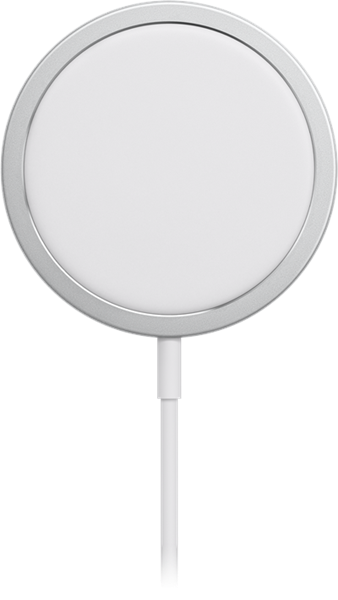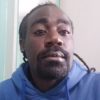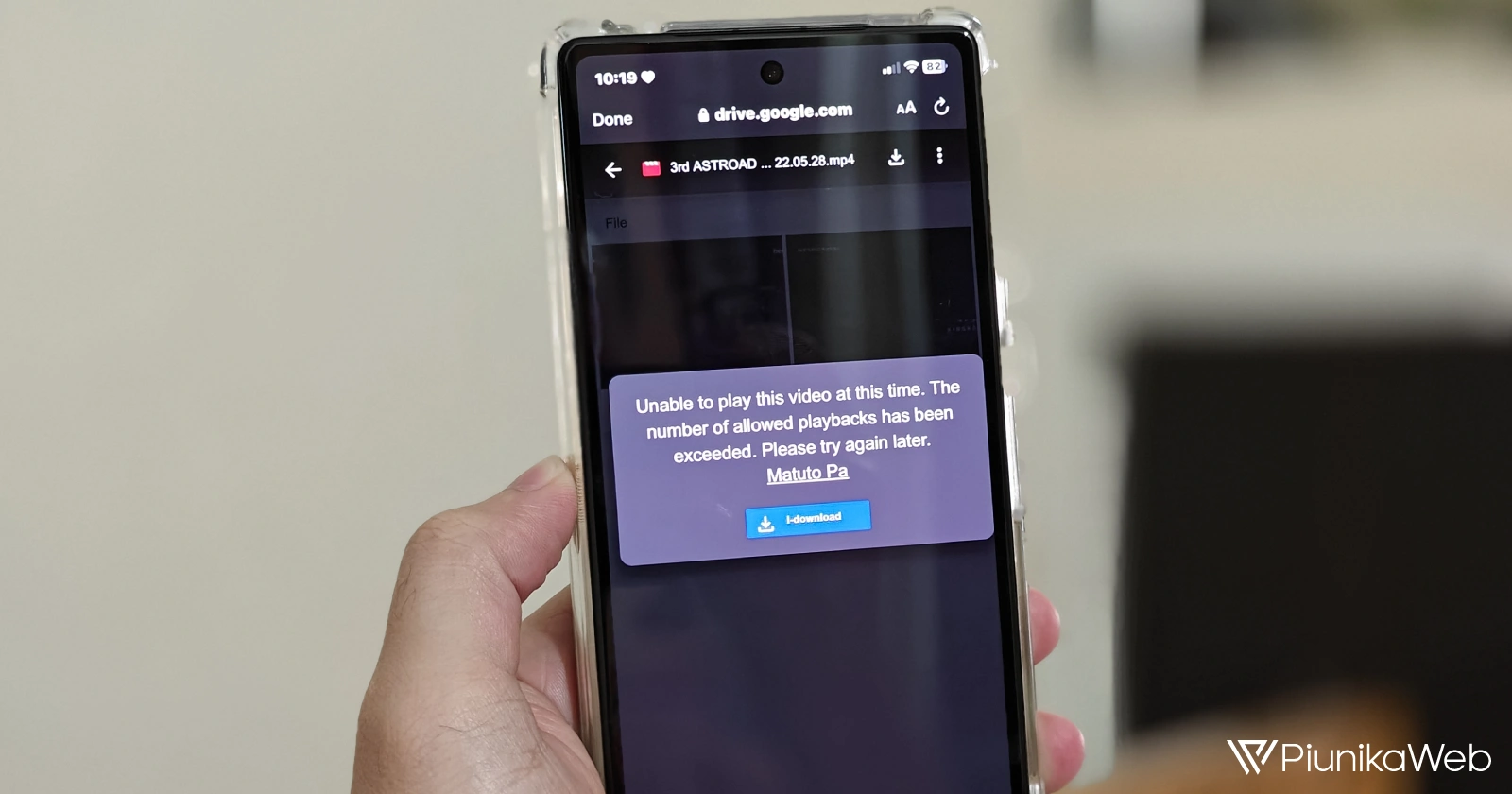The Google Pixel 8 and 8 Pro support 12W wireless charging speed when using a Qi-certified charger, which is quite slow in a world with absurd wireless charging speeds of up to 100W. But luckily, you can get slightly faster wireless charging speeds of up to 23W using Google’s 2nd-gen Pixel Stand wireless charger, although the standard Pixel 8 only gets you 18W using the same charger. Luckily, this may change with the Pixel 9 following the recent announcement by the Wireless Power Consortium (WPC).
In a November 15 announcement, the WPC confirmed that they are almost done with certifications for the first Qi2 devices that are expected to be ready “in time for the holiday season.” There are also over 100 other devices already in the process of being certified or waiting in line. Since the WPC used Apple’s MagSafe technology to build Qi v2.0, the iPhone 15 series becomes the first certified phones to work with Qi2 chargers.

Anker, Aircharge, Belkin, and Mophie have already pre-announced Qi2 devices that should work with the iPhone 15 series. These same products should also work with other Qi2-compatible devices in the near future, although Google Pixel fans may have to wait at least until next year when the Pixel 9 comes around. But this still remains pure speculation.
Apple helped refine Qi wireless charging
When Qi-compatible devices first arrived in 2015, there were problems with misaligned coils that resulted in broken or extremely slow charging. This meant desktop and nightstand chargers were a hard sell even among enthusiasts, something that the WPC set out to address with its new MagSafe-backed technology that it calls “Magnetic Power Profile.” With MagSafe chargers, the misalignment issues were no more since the technology uses magnets to snap the phone to the induction coils.
With Qi2’s magnetic alignment, you can now dream of having a wall-mounted wireless charger for your next smartphone. The technology will also increase the charging speed to 15-watt, bringing it in line with Apple’s current MagSafe limit. However, the WPC also notes that products that avoid using magnets but still adopt the new Qi2 Extended Power Profile (EPP) won’t show the new Qi2 logo.
![]()
The Qi v2.0 standard consists of two profiles, the Magnetic Power Profile (MPP) which is based on MagSafe technology contributed by Apple to WPC and branded with the Qi2 logo, and an enhancement to the existing wireless charging Extended Power Profile (EPP) that does not include magnets but complies with the Qi v2.0 standard. New Qi v2.0 EPP products will be branded with the existing Qi logo consumers know and use today.
While there’s no confirmation that Google will debut Qi2 with the Pixel 9, the WPC says (via The Verge) “future Pixel products” are in line for this “next-generation wireless charging” technology. This statement was made in a blog post announcing Liyu Yang as a new member of the WPC board of directors. He is a senior hardware engineer at Google and a Pixel wireless charging expert since 2017. But even if the Pixel 9 gets Qi2 wireless charging, I don’t expect it to be the first Android phone to support this technology, especially with other flagships like Samsung Galaxy S24 and OnePlus 12 coming in early 2024.


